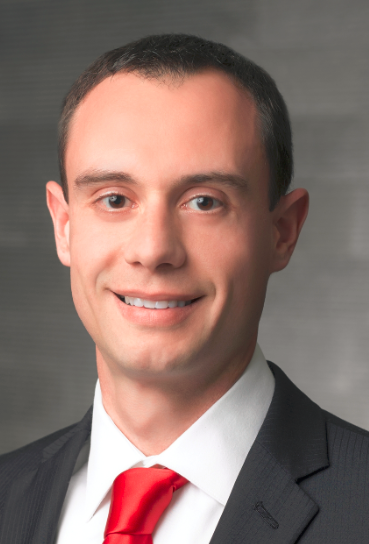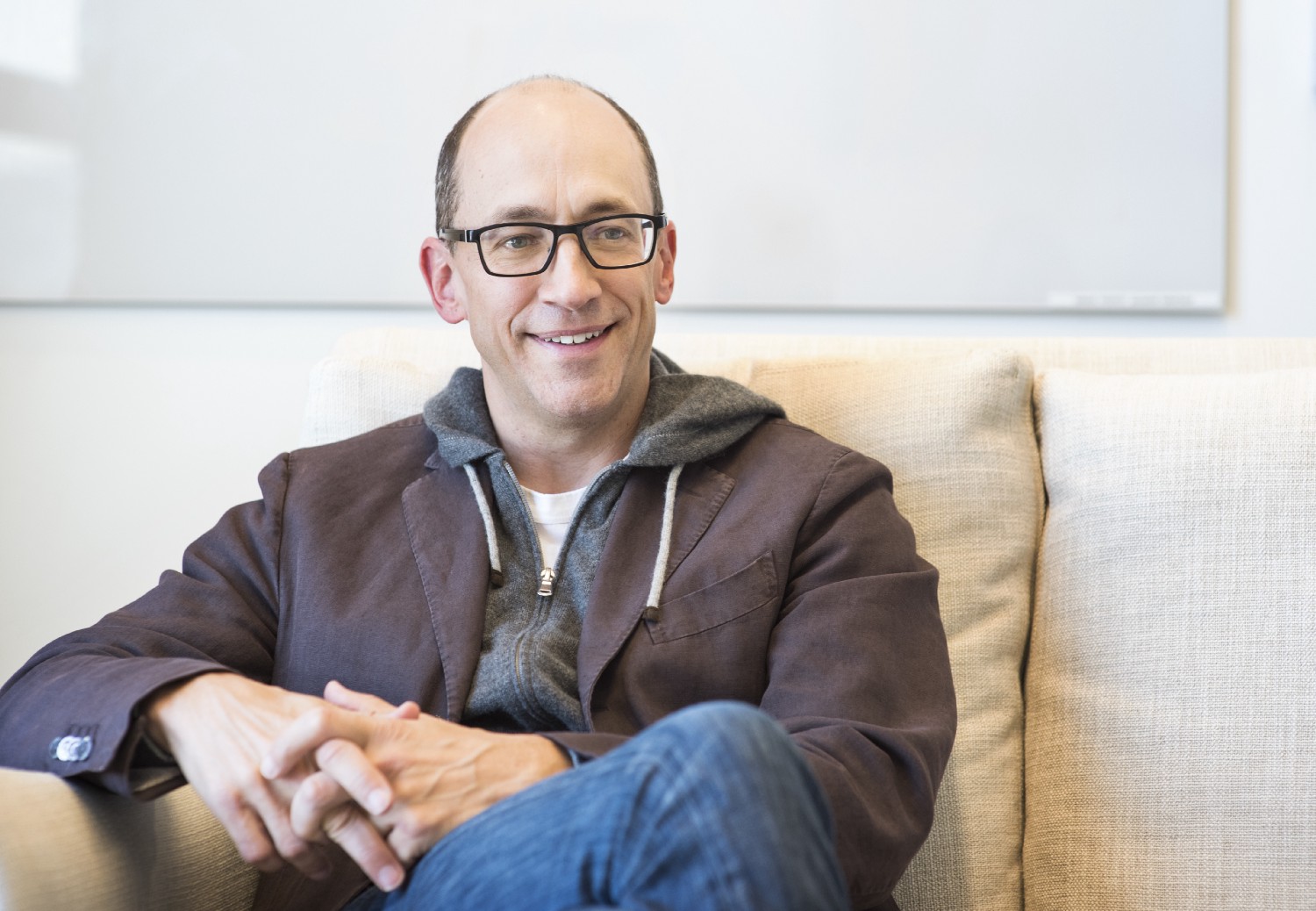An Interview with Dick Costolo, Internet Entrepreneur and Former CEO of Twitter.
If you think that you are busy, imagine being CEO of a publicly-traded internet company that provides non-stop, 24–7 service to over 200 million active users, including A-list celebrities, the President of the United States, and the Pope.
There are no slow times or days off when you are the person in charge of “the SMS of the internet,” and it would be easy for the person burdened and privileged with this responsibility to claim that he was “too busy” to invest any time from his jam-packed calendar into his own health and fitness.
However, Dick Costolo, internet entrepreneur and former CEO of Twitter, found that strenuous exercise and a healthy lifestyle gave him the mental and physical energy to overcome the endless challenges that you face when you are running one of the world’s top sources of breaking news and one of the most active, influential web sites on the planet.
In this article, I interviewed Dick about why and how he stays strong and healthy, why he thinks leaders should make their health and fitness a priority, and how companies can benefit from bringing fitness into the workplace.
Pete Leibman (PL): “Dick, how did your interest in fitness first develop, and how has your approach evolved throughout your career?”
Dick Costolo (DC): “I guess it goes back to spring of 2001. I had started a company called Spyonit, and one of my co-founders told me he was doing the Chicago Marathon that fall. I wasn’t really working out at the time, but I said I’d join him. We ended up finishing just a few minutes later than our goal, which had been four hours. I ran it again the next year and finished in under four hours.
A few years later, I was getting bored with my workouts. I started searching in Google for ‘cross-functional fitness’ and I came across Crossfit, which was just getting started at the time. The web site was posting daily workouts, and I was off to the races from there. I came out to California in 2009 and added trail running and mountain biking into the mix. I don’t do as much of the Olympic lifting as most Crossfitters do. I do a lot of the basic lifts, like deadlifts, back squats, front squats, thrusters, and shoulder presses.”
PL: “What does a typical week look like for your workout schedule?”
DC: “My workout schedule changes a lot based on what I have going on. Generally, I’ll work out five days a week and take Mondays and Fridays off. A typical week might be strength training with weights on two days, and one other day where I’ll work with a coach and focus on strength movements related to gymnastics, like handstands or exercises with rings. On another day, I’ll do a classic Crossfit workout for 30–40 minutes with lots of reps, where the workout is timed and the goal is to finish as fast as possible. I’ll also have one random day of whatever I feel like. That’s usually on a Saturday or Sunday when I have more time, and it could be a long mountain bike, a run, a boxing workout, or another Crossfit workout.”

PL: “What time of day do you usually workout?”
DC: “I always work out in the afternoons. I hate working out in the morning, mostly because I don’t feel as warmed-up or loose then. I usually work out at 1 pm or 4pm. I also encourage people I work with to take time during the day to exercise if they want.”
PL: “Do you currently follow a specific diet or any key nutritional philosophies?”
DC: “I just started a version of intermittent fasting, which means I only eat between noon and 8pm. Then, I’ll fast for 16 hours until noon the next day. I also try to keep my sugar intake as close to zero as possible. On Monday and Friday, when I don’t work out, I really try to limit carbs and stick to fat and protein. I don’t worry too much about carbs on days that I exercise.”
PL: “How do you believe that living an active, healthy lifestyle has helped you throughout your career?”
DC: “I have way more mental energy and physical energy when I’m exercising regularly, and I never feel like I run into decision fatigue or an afternoon slump. When I was working at Twitter, I was doing more Crossfit workouts. When you are in the middle of a crazy, hardcore workout that you are trying to get done in 20 minutes, you simply can’t think of anything else. You’re just trying to finish. Those kinds of workouts are a great stress reliever that prevents you from obsessing about work or anything else. It’s very different than when you go for a jog and your mind can still wander.”
PL: “What would you say to a leader who believes that he/she is too busy to focus on health and fitness?”
DC: “This is probably the best investment in yourself that you can make. You’ll get a much bigger return from 20 minutes of exercise than you will from spending another 20 minutes wading through emails or being in meetings. When it comes to strenuous exercise, you also develop physical toughness and mental toughness, and that resilience carries through to everything else you do.”
PL: “You’ve got a track record of bringing fitness into the workplace and working out with employees. What benefits did you notice at Twitter as a result of this?”
DC: “We had a gym at Twitter and we did yoga classes and Crossfit classes there. That led to interaction that we otherwise would not have had, even in company-wide meetings. Especially in big companies, teams are siloed and they don’t know each other. The gym was the place in the company where everyone came together. You would have salespeople with finance people, engineers, designers, data science people, and people in HR.
It was great for everyone to be able to see each other in a non-work setting on the same level. It also helped make people comfortable talking to me back in the office in a way that they might not have otherwise felt comfortable. As a company gets bigger, leadership’s view from the top gets totally distorted. People race to tell you good news, but they don’t want to tell you bad news, and they sugarcoat things. I always wanted to foster an environment where people knew it was okay to tell the truth. Doing these grueling workouts together made us feel more connected in the work environment.”
PL: “What advice would you give to companies and leaders who want to build healthier cultures and aren’t sure where to begin?”
DC: “Before we had a gym at Twitter, a few people in the company began organizing weekly runs after work, starting at the front door of our office. During one of our group runs, I realized that was the first time I saw certain groups of people hanging out together. It grew from there.”

PL: “You recently launched a fitness software start-up called Chorus to tackle the motivational challenges that many people face with exercise. What inspired you to start Chorus, and what is your vision for the company?”
DC: “People break promises to themselves all the time. People join gyms or download fitness apps. Then, two months later, they stop for all kinds of reasons and don’t develop the fitness habit. Frankly, it’s the business model of many gyms. Get a bunch of people to join on January 1, and by March 1, many of them will be gone. Twitter and Crossfit taught me that social accountability, social motivation, and social triggers are the most powerful way to get people over all the motivational hurdles that prevent them making fitness a habit. It’s a much more powerful way to get people to live healthier than trying to provide them with a better fitness video or another fitness app.”
PL: “Sounds like a great approach. Let’s end with a few rapid fire questions… What’s your favorite strength training exercise?”
DC: “Barbell thrusters or front squats are probably my current favorite. I love thrusters because they work your whole body. You work your legs and your upper body and you elevate your heart rate.”
PL: “What’s the toughest event or workout that you have ever done?”
DC: “There is a Crossfit workout called Servais. It’s a Hero workout [named in honor of U.S. Air Force Senior Airman Adam Servais, who died in 2006 in Afghanistan, when his vehicle came under hostile fire]. You run 1.5 miles, then you complete 8 rounds of 19 pull-ups, 19 push-ups, and 19 burpees [152 reps of each exercise], then you do a heavy sand bag carry for 400 meters, and then you end with a 1-mile farmer’s carry with 45 lb. dumbbells.”
PL: “That sounds pretty brutal. Am I allowed to ask how long you it took you to finish?”
DC: “Lets’ just say it took a long time!”
About the Author: Pete Leibman is an executive recruiter, author, and high-performance coach whose career advice has been featured on Fox News, CBS Radio, and CNNMoney.com. As a leading authority on high-performance, Pete’s currently writing his next book, titled Work Stronger: Habits for High-Performing People and Organizations. Click here for a free report from Pete on “The 5 Keys for Your Strongest, Healthiest Year Ever.”

Originally published at medium.com


